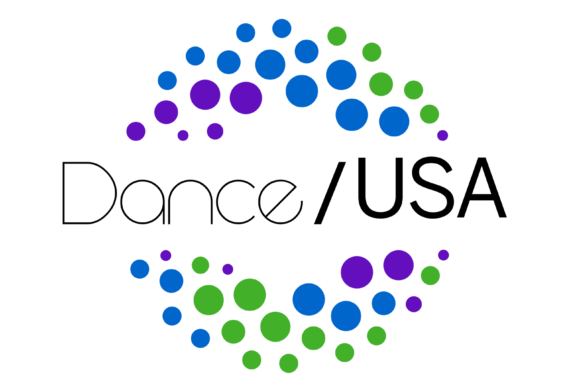Bringing Down Barriers
A discussion on expanding the boundaries of inclusiveness featuring illustrious members of the first generation of non-white arts leaders, among them Dance Theatre of Harlem’s Arthur Mitchell, Ballet Hispanico founder Tina Ramirez and dancer, choreographer and actress, Carmen de Lavallade on the increasing necessity for arts managers and organizations to create arts programs and field arts administrators who “look like America.” Read author/editor Robert Bettmann’s report on this 2015 panel of experts, exclusively in From the Green Room.
Trisha Brown: Choreographer, Innovator, Humanist, Dance/USA Honor Awardee
The dance world lost an icon this week: the audacious and visionary Trisha Brown. Former Dance Magazine editor, writer, and Trisha Brown dancer Wendy Perron reflected on Brown’s work, her kineticism, intellect, and perceptual sensibility.
Attracting a Crowd
The October 2014 study published by The Wallace Foundation, entitled The Road To Results: Effective Practices For Building Arts Audiences, seeks to take some of the guesswork out of choosing the right answers to your organization’s particular audience-building riddles by examining the examples of ten arts organizations. What can you learn from this report? Read on here.
When Tragedy Strikes in the Workplace
Guidelines for managers on how to deal with tragedy in a dance company setting.
First Steps for Artists in Creating Artist-Driven Archives
The hows and whys of getting started in planning and building your own artist-driven archive.
Choreographing Archives: An Artist-Driven Approach
Traditionally artists have donated their archival
materials to institutional repositories once they reach the final stages
of their careers. But with the advent of technology, the change in archival institutions and funding, this model is beginning to shift as more artists
see the value of holding onto their collections. Read on to learn why this generation of artists is seeking new ways to preserve their materials and how a few have initiated the process.
How To Find Help Understanding Coverage Options
With all of the new coverage options and requirements under the
Affordable Care Act, most people will need some help understanding their
coverage options and responsibilities under the Affordable Care Act.
Fortunately, the law creates a number of programs designed to provide
help online, over the phone, and in person.
Raising the Curtain on the Affordable Care Act
Few professionals have as keen a need as dancers to stay as healthy and injury-free as possible, yet health care coverage is by no means guaranteed in the dance world. The Affordable Care Act seeks to improve access to health insurance across the country, while also improving the quality and comprehensiveness of coverage for those who currently have it. Read on for more on the ACA written for the dancer and dance company.
Buyer Beware: Dancers and the ACA
Most dancers can easily spot a hazardous bobby pin on the studio floor. It’s also important to be aware of a few potential pitfalls when buying health insurance.
Conference 2013 Report: From Racial Equity to the Future of Dance
From crucial networking sessions for artistic and executive directors to
share programming hits and budgetary misses to paperwork how-to’s for
grants and insurance, to sustaining partnerships and forging bonds in
the community, Dance/USA’s 2013 Annual Conference held June 12-15 in
Philadelphia reflected the wide spectrum of interests and issues
confronting the organization’s members. Read on here for Karyn D. Collins’ report.


